January 2023: When I first wrote this article, back in 2019, the landscape for Twitter was far different. Given a number of interesting developments in recent years, we’ve taken the time to revisit and update information accordingly.
Many people agree that, no matter how carefully you curate your experience, Twitter can be unhealthy for users. It’s probably the easiest place to troll online, despite being seen as a quieter alternative to Facebook when it was first released in 2006.
Having recorded an incredible 330 million users worldwide as of the first quarter of 2019, this figure increased to 368 million monthly active users by December 2022. However, a recent forecast by Insider Intelligence estimated that over 30 million users are expected to leave Twitter over the next two years, due to mounting concerns over various technical issues and the rise of offensive content under the leadership of Elon Musk.
If you’re thinking about quitting the site, we’ve prepared a guide to some of the best ethical alternatives to Twitter, as well as giving reasons why it’s wise to curb your usage.
The Origins of Twitter
It may feel like Twitter has been around forever, but many people over 30 will remember it coming out in the mid 2000s. Originally seen as a platform for inane chat and mindless updates, you could argue that little has changed over the following decade.
Twitter co-founder Jack Dorsey eventually moved the service online from an SMS-based platform, which is where the original 140-character limit came from. Once moved online, its user base continued to grow, despite the company failing to make a quarterly profit until the end of 2017. Since then, it has stopped sharing monthly active-user figures, which could indicate a gradual decline.
The development stage was reasonably murky. In 2005, a team was formed to work on podcast-focused app Odeo. However, Apple put an end to that thanks to iTunes’ domination of the podcast space, meaning that a new product was needed, and quickly.
Dorsey came up with the idea for Twitter, and Odeo’s CEO Evan Williams bought stocks back from the original investors after sending them a letter saying:
“Almost two months after launch, Twitter has less than 5,000 registered users. I will continue to invest in Twitter, but it’s hard to say it justifies the venture investment Odeo certainly holds — especially since that investment was for a different market altogether.”
After five years, the company was worth a thousand times the initial investment of $5m. Though users still post jokes and cat videos, it’s now a breeding ground for more arguments than your average reality TV show. There’s always someone spoiling for a fight, and it can be hard to tell whether it’s an honest disagreement, random trolling, or state-sponsored chicanery.
Then, in October 2022, came the $44bn (£38.1bn) takeover of the platform by Elon Musk, then the world’s richest man. It hasn’t gone well so far, especially if you take at face value Musk’s claims that Twitter is losing $4 million per day – his justification for cutting thousands of jobs.
Seven Reasons to Avoid Twitter
There are a heap of reasons why it’s best to avoid Twitter. Here are seven of the most convincing arguments for at least reducing time spent on the site:
1. Trolling and Hate Speech
We might as well start with one of the biggest problems on social media: trolling can affect anyone, from celebrities to kids, and has only worsened as the platform has grown. We’ll discuss state-sponsored trolling below, but individuals spouting hate speech are also a problem for the site.
Women are particularly affected, while race and sexuality are also factors. Amnesty International and Element AI found that “black women were disproportionately targeted, being 84% more likely than white women to be mentioned in abusive or problematic tweets. One in ten tweets mentioning black women was abusive or problematic, compared to one in fifteen for white women.”
Ten percent might not sound massive, but it’s horrendous, especially when scaled up to the size of Twitter’s current user base. What’s worse still is that the site estimates that “less than 1% of Twitter accounts made up the majority of abuse reports.” It certainly makes the experience worse for the other 99% of users.
It may be nostalgia talking, but trolling originally seemed more about getting a rise out of someone, rather than actual abuse. Everything from casual racism to death threats are now made with casual abandon, and Twitter seems incapable of stopping it.
As of 2023, the company also has fewer resources with which to do so, since, worryingly, it has been widely reported that content moderation teams were let go en masse after the Musk takeover, in favor of (the cheaper option of) automation.
Researchers at the Center for Countering Digital Hate noted:
“In the face of criticism about a recent rise of hateful language on Twitter, Elon Musk claimed that Twitter’s ‘strong commitment to content moderation remains absolutely unchanged’. He also claimed that, at times last week, hateful speech declined to ‘below our prior norms’. And yet, analysis of data from the social media analytics tool Brandwatch shows that the week in question saw an uptick in the amount of hateful language being tweeted.”
Yet, in December 2022, Twitter dissolved its Trust and Safety Council, an advisory group of almost 100 independent civil, human rights and other organisations. The council had been formed in 2016 to take “a global and inclusive approach so that we can hear a diversity of voices from organisations”.
2. Spam and Fake Accounts

Twitter is synonymous with spam, from dodgy adult accounts to garbled nonsense-responses. As soon as you sign up, you can expect to be inundated with follows and requests from bogus user accounts that are trying to sell something or other, and the same goes for replies to tweets. For now, the best response is to block and report the sender, or use filters on your main feed.
It can be easy enough to identify most fake accounts, but they are becoming more sophisticated due to the years of time and effort spent refining their methods. Twitter has responded by reducing the number of accounts users can follow per day, from 1,000 to 400. The company will also lock any suspicious accounts, requiring a reCAPTCHA check or a phone number to regain access.
Regardless, that fake accounts still abound on the platform was highlighted when Musk attempted to pull out of the takeover, citing the high number of spam bots associated with the platform. In response, Twitter said it would take him to court to honor the $44 billion agreement; Musk eventually backed down.
3. Politics and Fake News
‘Fake news’: many of us have barely enough time to follow links, while the sensationalized nature of real life makes it easy to be sucked into believing almost anything. Fake political news does especially well on social media in easily digestible chunks: infographics, images, and quotes can be widely shared, and it takes just seconds to retweet something that fits your worldview.
A 2018 study by a trio of MIT scholars investigated how quickly false news spreads on Twitter. They found that false news travels more rapidly than real news – up to six times faster. Rather than bots, unique accounts did the majority of the sharing and retweeting, especially when it came to political topics. The study established that “false news stories are 70 percent more likely to be retweeted than true stories are.”
In other words, a majority of Twitter users share and retweet what they want to hear. A quote misattributed to Mark Twain states: “A lie can travel halfway around the world while the truth is putting on its shoes.” This certainly seems to be true for social media.
It’s also easy to spread fake news with relevant hashtags, and this dissemination is often carried out by individuals. Much of what is spread on social media represents extremes, posted by people with clear agendas. This also happens on a larger scale, with governments attempting to sway public opinion surrounding current events. In 2019, Twitter disclosed “a significant state-backed information operation focused on the situation in Hong Kong, specifically the protest movement and their calls for political change”.
The company claimed that 936 accounts from China “were deliberately and specifically attempting to sow political discord in Hong Kong, including undermining the legitimacy and political positions of the protest movement on the ground”.
Twitter is an ideal breeding ground for many types of disinformation, and the platform itself acknowledges the work of state-backed agents. This can also spread beyond politics, feeding conspiracies and other theories on the fringe. A 2018 study in the American Journal of Public Health looked at the impact of “Twitter bots and Russian trolls” on the covid vaccine debate, concluding:
“Whereas bots that spread malware and unsolicited content disseminated anti-vaccine messages, Russian trolls promoted discord. Accounts masquerading as legitimate users create false equivalency, eroding public consensus on vaccination.”
4. Poor Visibility and Shouting into the Void
From a marketing perspective, adverts tend to have poor visibility compared to other social media alternatives, becoming lost among the endless stream of updates. As a result, many brands now cynically contrive a ‘personality’, using memes to drum up attention for their products.
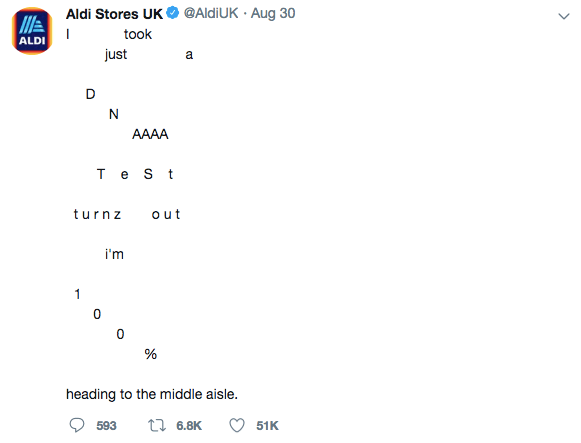
The platform is ideal for providing instant customer service, and every company could benefit from having a social media presence of some sort. However, for users, it does feel like constantly being sold something while scrolling, and ads have become increasingly prominent.
By contrast, most people don’t have the large number of followers that companies do, leading to fewer responses to the average tweet. It can feel like shouting into the void, and it’s hard to find engagement without mass-following accounts or being consistently funny or shocking. The majority of people’s tweets pass by with no responses, becoming an online diary which nobody bothers to read. This begs the question of why people bother – which brings us to:
5. Addictiveness and Tunnel Vision
Social media is addictive by design, and Twitter is no exception. Every like or retweet gives the user a buzz, tapping into our natural learning processes. This is the same dopamine hit you’ll receive from any reward, and our lifestyle can change as we start to reinforce this relationship through extended engagement. This is why a significant amount of users seem to be on Twitter 24/7, constantly replying to a barrage of tweets. This can lead to an information overload and the user becoming desensitized to the content they’re consuming so obsessively.
Research by Anxiety UK suggests that young people who spend more than two hours per day on social networking sites such as Facebook, Twitter, or Instagram are more likely to report poor mental health, including “psychological distress”. If you’re feeling down, it could be best to step away for at least a week or so. A 2022 study looking at the effects of a seven-day break from social media (Facebook, Instagram, Twitter, and TikTok) found that “asking people to stop using social media for one week leads to significant improvements in well-being, depression, and anxiety.”
If you don’t follow people with a variety of political viewpoints, it’s easy to have tunnel vision on certain issues. Twitter is especially guilty of generating this dynamic, unless you’re as nonpartisan as possible. Echo chambers and safe spaces can be a dangerous combination, no matter your stance. There are better platforms for actually having a discussion; we’ve listed some of the best ethical options below.
6. Privacy
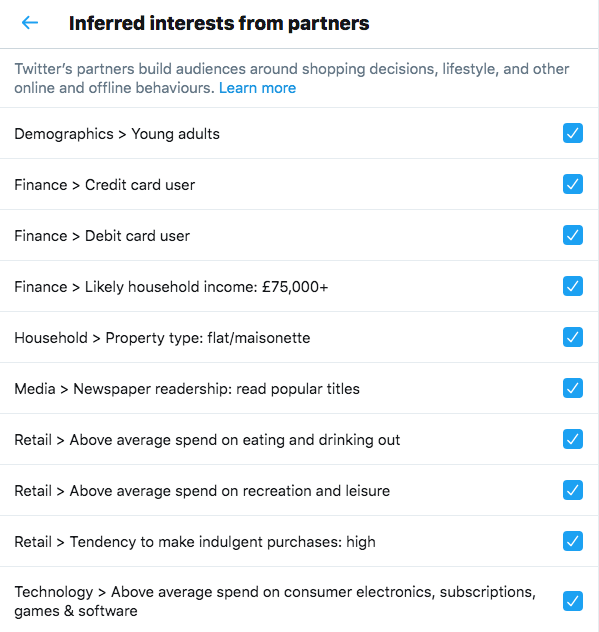
Twitter freely admits to collecting all sorts of data from its users, and it’s likely to be more than you might expect. It uses direct messages to “show more relevant content” and collects additional external data from third-party companies and websites with Twitter integration to further profile users for advertising purposes.
It is possible to turn off some data collection in the Privacy and Safety menu when you’re logged in. Go to the Personalisation & Data page and turn it all off when you get the chance.
The site has also had issues with data protection in the past: passwords were found to be stored in plain text due to a bug in May 2018, while another flaw allowed developers to read users’ private direct messages in September of the same year. These flaws are shocking, considering the size of the company and how committed it is to keeping data to itself.
Twitter has also fallen short of General Data Protection Regulation (GDPR) guidelines in the past, refusing to hand over information to privacy researcher Michael Veale after he asked for the data it had on him, in 2018, when GDPR came into effect. This was the first investigation the company faced about compliance with GDPR privacy rules.
More recently, in May 2022, Twitter was fined $150 million for misusing user data over a period of six years. The company had requested phone numbers and email addresses under the guise of improving security, but was found to be using the information to show people targeted ads, according to a ruling by the Federal Trade Commission (FTC).
This was followed by news of a breach which exposed the email addresses and phone numbers of 5.4 million Twitter profiles, leading the service to advise users not to add a publicly known phone number or email address to their account.
7. Deplatforming
Twitter has removed a number of extreme personalities and news outlets, but only after they had violated its terms and conditions in some way. During his time as CEO, Dorsey denied that his platform was politically selective, but the leanings of many of those banned in the last few years calls this into question.
You don’t have to agree with their viewpoints to see the potential for problems if social media platforms ban users without accountability. In 2018, civil liberties and privacy campaigning organization Big Brother Watch ran a Free Speech Online campaign which discussed how this could be an issue: “Social media companies are censoring views and deleting accounts haphazardly, often in response to political tides rather than rule breaches, effectively playing judge and jury with our rights.”
Right-wing radio host Alex Jones was one of the many fringe voices affected; a complete ban by many social media sites in 2018 impacted his ability to communicate with a wider audience. Though this was welcomed by many who were unimpressed with his track record on numerous issues, Jones continued to double down on his own platform, culminating in a trial in which he was ordered to pay almost $1.5bn for falsely claiming the 2012 Sandy Hook school shooting was a conspiracy. He used social media deplatforming to drum up further funds via his Infowars website, which he told the court at his defamation trial earned roughly $70 million in revenue in the most recent fiscal year, up from an estimated $53 million in 2018.
There’s arguably no better example than former US President Donald Trump. Banned from the platform in January 2021 following “ongoing tensions in the United States”, Twitter cited “the ways in which the President’s statements can be mobilized by different audiences, including to incite violence, as well as in the context of the pattern of behavior from this account in recent weeks”.
Somewhat unsurprisingly, Trump responded by launching his own social media platform, Truth Social. As with Jones, he was confined to an echo chamber.
Following Elon Musk’s 2022 takeover, he decided to reinstate Trump’s account on the basis of a user poll. Rather than being for political reasons, this is presumably due to the number of eyes the former president would bring to the platform. However, Trump refused, preferring to stick with Truth Social. For now, his Twitter account remains inactive.
Deplatforming is only likely to hide the problem of extremist voices in the short term, feeding into theories about efforts to censor ‘alternative voices’. Instead, it could push these further towards the fringes, removing any possibility of changing people’s minds. Megan Phelps-Roper – whose family founded the notorious Westboro Baptist Church – credits Twitter with her first “conscious doubts” about their hateful ideology. She went on to marry a Jewish man, Chad Fjelland, after he changed her mind with patient conversations and contradictions to her worldview.
Ethical Twitter Alternatives:
It’s hard to match the sheer size of Twitter’s audience.
For example, it’s estimated that 92,000 people downloaded Truth Social in September 2022. During the same time period, almost 15 million people downloaded Twitter.
Nevertheless, if you’re ready to leave Twitter (though maybe not for Truth Social), we’ve come up with a list of ethical alternatives – though none come close in terms of size just yet. They could all do with a boost in user numbers, so try to take a friend or two with you!
We’d also appreciate any suggestions for additional ethical platforms for microblogging and interacting with people online, which could be useful when trying to remove Twitter from your life.
Mastodon
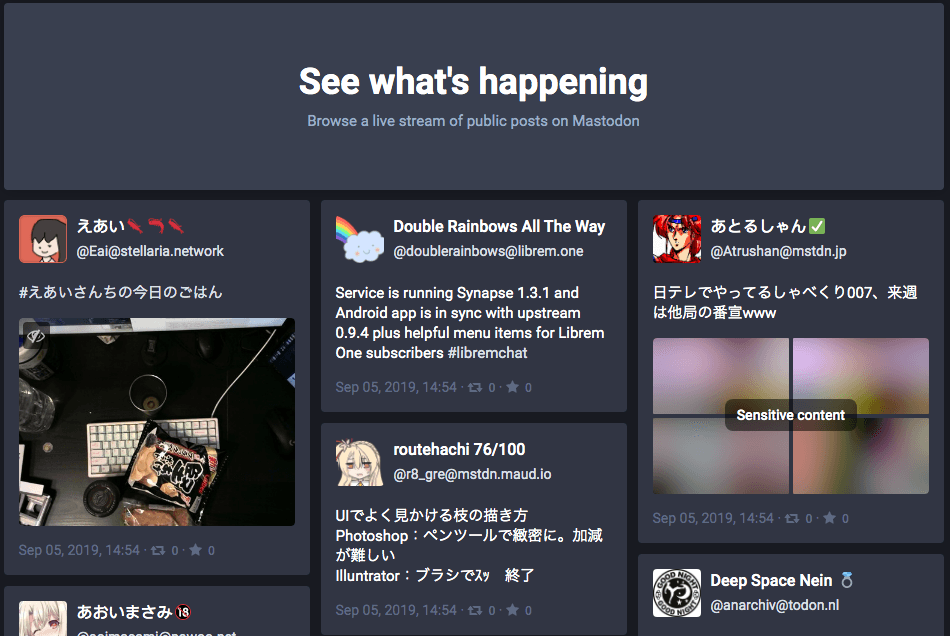
An obvious first option, Mastodon grew at an incredible rate after its release in 2016, promising to be a friendlier social network compared to what we’re used to. Despite looking a lot like Twitter at first glance, this platform is split into thousands of websites, each serving its own purpose for a dedicated community. The company doesn’t sell any user data, it’s open-source and decentralized, and each post (or “toot”) is limited to 500 characters.
In December 2022, it was reported that Mastodon had grown massively in just a few months, leaping from 300k to 2.5m monthly active users. It’s no coincidence that more joined as Twitter began to hemorrhage users following its change of ownership.
Unfortunately, midway through 2019, users of far-right social network site Gab mass-migrated to Mastodon, threatening to spill over into other communities. The site has taken steps to “isolate Gab and keep hate speech off the fediverse”, but this situation does expose some of the problems of a decentralized social media platform: problematic users can be blocked, but nobody has the power to remove them altogether.
Movim
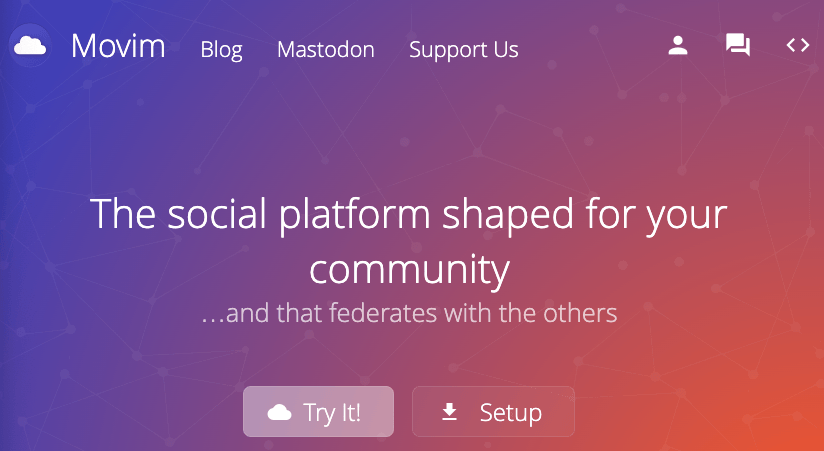
Movim (My Open Virtual Identity Manager) is an open-source option, with the added bonus of using Extensible Messaging and Presence Protocol (XMPP, an open communication protocol). This means being able to chat with other XMPP users, even if they don’t use Movim.
This option grew rapidly with the demise of Google+, when users flocked to the privacy-centered app instead, which is available on iOS, Android, and desktop devices, with lots of good features. It’s decentralized and advert-free. You can talk with friends, check out the latest news, or find a community to join. It also has a small Twitter account.
Micro.blog
Though visually similar to Twitter, Micro.blog lacks a few of the flashy features we’ve come to expect from the social media giant. While it still has a way to go, Micro.blog allows you to publish short, tweet-like posts, and offers replies, conversations, and a timeline for following your friends. It’s a close enough alternative, and its Discover timeline should give a good idea of the content you can expect.
“The platform was designed, from the beginning, to prevent abuse and harassment”; check out its Community Guidelines to find out about the Safe Reply feature which works to prevent abusive messages from people you don’t follow.
A range of paid plans start at $5 per month, but you will be able to sign up and reply to posts with a free account.
Scuttlebutt

“Scuttlebutt” is an old sailing term for gossip, which gives an idea of what the site is generally used for. However, this “decent(ralised) secure platform” takes a bit of time to get used to. You’ll have to download an app like Patchwork or Manyverse, with each offering a different interface. Your profile will be stored locally on your device, rather than on a centralised server.
It’s open-source, and uses external applications to read the messages on display. The most popular is Patchwork, which can be used both on- and offline. An FAQ helps to explain its terminology, as well as how it works in layman’s terms.
Discord

Discord is incredibly popular, with roughly 150 million active users as of 2021. A Voice over Internet Protocol (VoIP) and instant messaging social platform, it’s a great place to find like-minded individuals.
Despite this, there are numerous issues to consider, such as user privacy, data collection, and the possibility of exploitation. Overall, it’s not a bad choice, but we’d recommend checking through the privacy settings.
Diaspora*
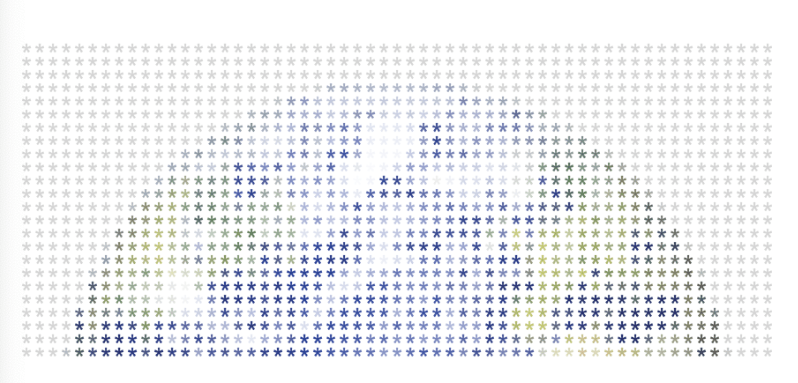
Based around decentralization, freedom, and privacy, Diaspora* has been around for over a decade. Initially funded via Kickstarter, it works by using ‘pods’: servers running the Diaspora* software and connected to its network. It has social media integration, so your friends won’t miss out, and allows you to organize your contacts according to their role in your life.
The company notes that “the Pod is a metaphor referring to pods on plants which contain seeds, in the way that a server connected to the diaspora* network contains a number of user accounts.”
Cohost
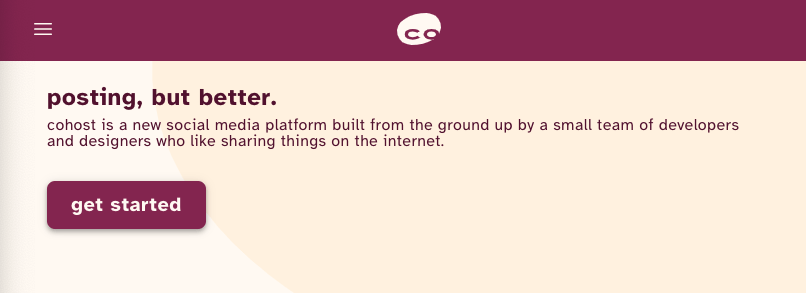
A smaller service, Cohost promises to “never sell your data, sell ads, or sell the company to anyone who might change these policies to make a quick buck”. As of November 2022, it’s reached to 111,128 users, and has been growing rapidly.
It shows all your follows’ posts, in a vertical timeline showing date order, and includes “clear and effective moderation done by humans”. Currently funded by donations, Cohost hopes to allow users to sell subscriptions in future. It’s hard to think of many flaws with this one.
How to Stop Twitter Tracking You around the Web
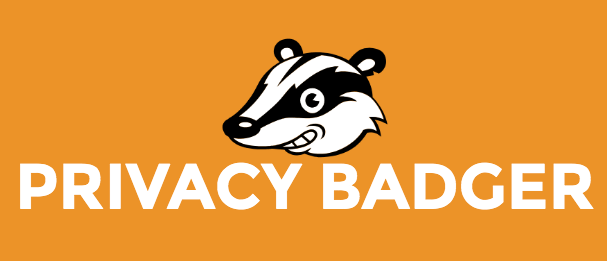
It’s a given that Twitter tracks everything from tweets, retweets, location, language, and followers to build a user profile for selling ads. The Twitter Privacy Policy also states that the company checks your IP address and device type, content you’ve read, “and other information to determine what topics you’re interested in, your age, the languages you speak, and other signals to show you more relevant content”.
If you haven’t guessed, it collects a lot of personal data, and you don’t even have to be on Twitter to be compromised. It “receive[s] certain information when you use our services or other websites or mobile applications that include our content, and from third parties including advertisers”. This includes websites that have integrated with Twitter, which is most of them. Twitter also uses cookies to show users “more relevant ads”.
The social media site was able to turn a profit until recently thanks to its ability to sell advertising space, which makes sense considering the amount of data it hoovers up. You’ll have to avoid the platform completely to dodge this, but whether you’re logged in or not they’ll still collect data while your account is active.
It may therefore be worth looking at a browser extension like Privacy Badger, browser like Brave, and/or a search engine such as DuckDuckGo to keep some of the trackers at bay. Deleting your account is only the first step, and if you’re not sure how to do that, we’ve provided a quick guide below.
Closing Your Twitter Account

It’s nowhere near as difficult as the likes of Facebook, but you’ll still have to wait if you want to close your Twitter account for good. Here’s a quick step-by-step guide to account deletion on the desktop site.
- Log in and click on Settings and Privacy in the drop-down menu under your profile
- Go to the Account tab, and click Deactivate Your Account
- Click Deactivate @Username and enter your password
- Confirm by clicking Deactivate Account one final time.
If you’re still on the fence about getting rid of Twitter, deactivated accounts can be reactivated within thirty days by logging in with your credentials. You won’t be able to do so after that period, as the service will start to delete your data, but it hopes you’ll change your mind before then.
If you want to rejoin Twitter using the same email address at a later date, you’ll need to remove your email info from your account before the 30-day period is up. (Twitter uses your email as an identifier, and it can’t be used twice.)
What Will Replace Twitter?
Everything comes to an end eventually. Will Twitter’s successor be a Web3 solution, or an app that already exists? Much of Twitter’s power derives from its large user base.
However, Twitter is projected to begin losing users quickly over the next few years, and the platform clearly has an issue with bots and fake accounts. As of November 2022, it had lost half of its top 100 advertisers, which will also impact its bottom line. It’s also lost lots of key staff members, and the bad news just keeps on coming.
Maybe the replacement will be Mastodon, or (less appealingly) a metaverse-style form of communication. In any case, Twitter isn’t infallible and seems to be in a weaker position following Musk’s controversial takeover.
Did Twitter Change Its Algorithm?
Probably. It’s likely that the algorithm is tweaked frequently, while the entire user interface is due to be overhauled in 2023, including, for example, a switch to multiple feeds, including a new ‘For You’ tab. This lift from TikTok fills the Twitter homepage with trending topics and recommendations.
Musk also noted an algorithmic change in January 2023, in a pinned tweet: “People on the right should see more ‘left wing’ stuff and people on the left should see more ‘right wing’ stuff. But you can just block it if you want to stay in an echo chamber.”
If you’re seeing an increase in tweets from the other side of the political spectrum on your timeline, this is the likely cause.
In other words, who knows what’s going on with Twitter’s algorithm?
Resources: Organizations
- Royal Society for Public Health (link)
- Anxiety UK (link)
- Center for Humane Technology (link)
- Privacy International (link)
Resources: Further reading
- ‘Social Media and Young People’s Mental Health and Wellbeing’ (link)
- ‘More Privacy Concerns Hit Twitter’ (link)
- ‘I Quit Social Media for a Month — and It Was the Best Choice I’ve Ever Made’ (link)
- ‘How Twitter Fuels Anxiety’ (link)
- ‘Unfollow: How a Prized Daughter of the Westboro Baptist Church Came to Question Its Beliefs’ (link)
Featured image by George Pagan III on Unsplash
Update
This guide was updated on 23 January, 2023.








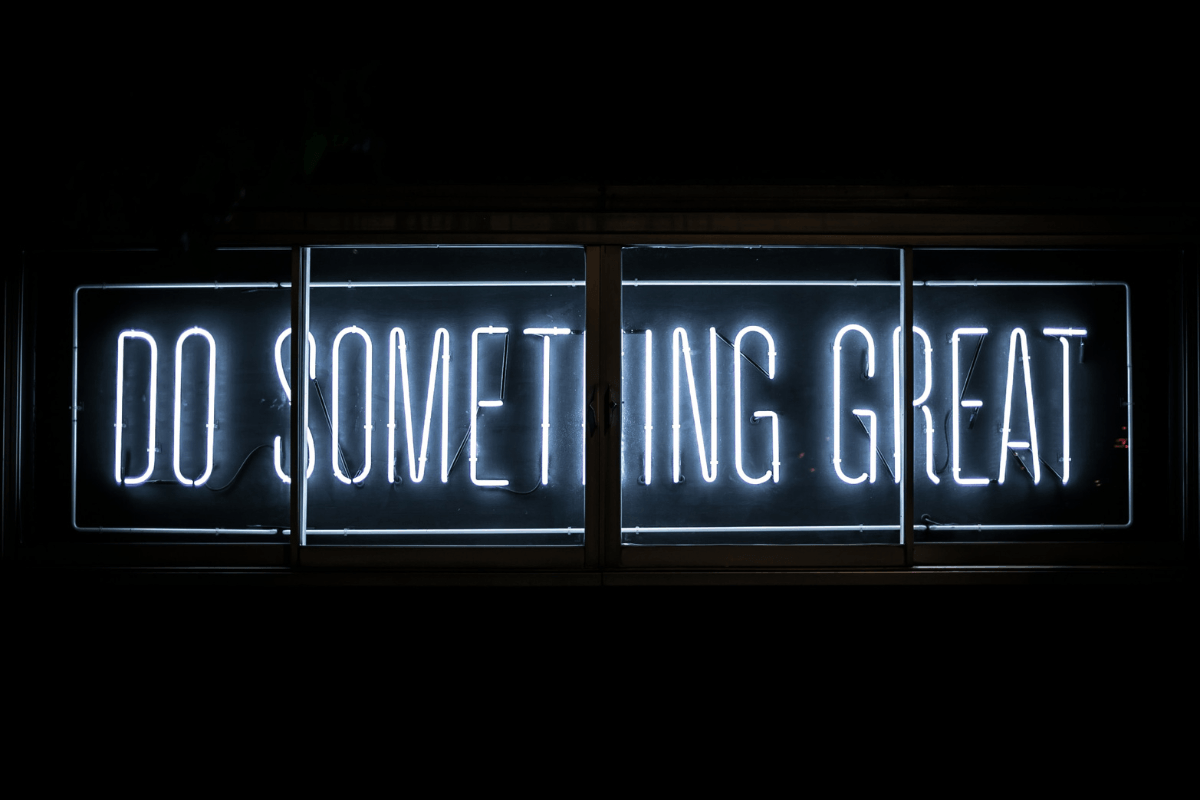
Leave a Reply